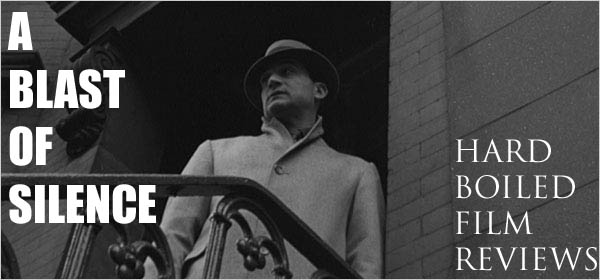Danny Boyle has made his mark on cinema by applying his talents to a wide multitude of genres. Boyle’s latest effort, Slumdog Millionaire, pushes his eclectic collection of films that much further.
Slumdog tells the life story of a young Mumbai boy from the slums, Jamal Malik (Dev Patel), and uses the Indian version of Who Wants To Be A Millionaire? to detail the events of his life, in particular his search for Latika, his destined love.
Slumdog Millionaire is a modern day fairy tale. The film’s story is told through a carefully crafted nonlinear narrative structure using a plethora of flashbacks. The game show portion of the film acts as present day and as the film’s plot device by using carefully crafted questions to tell a new part of Jamal’s past life. Simply put, the film is more about the way Jamal reaches his destination rather than the actual destination itself or the game show. And boy is it well done.
There’s so much to love about Slumdog that it’s hard to simply summarize it all. This is a special film. For me, it’s one of those very unique masterpieces that come along once or twice a year rendering the critiquing of the film to be difficult. I know, it sounds funny. It should be rather easy to spew words out to detail what you love about a film. In this case, it hasn’t come easy. This film is just good.
Boyle’s years behind the camera comes to fruition with this film. The high paced frantic cinematography Boyle offered up in 28 Weeks Later is combined with the beautiful cinematography he developed with 2007’s Sunshine. The film is expertly handled and it is a noticeable quality. Boyle absolutely knew what he was doing and it shows through his visionary work.
Story wise there is lots to love. True vision of slum life in India or not, the film is still very captivating and oozing with emotion as the boys fend for themselves, survive on their own and grow into being young adults. Certain Indian journalists have attacked the film for not being exactly precise (one writer complained about how these boys would never know the name of Samuel Colt as they would never refer to the gun as a Colt).
Other Indian journalists have opened their eyes and realized that Slumdog is not supposed to be a documentary piece on life in Indian. I, for one, would rather not make comment on what I haven’t experienced. All I know is that loads of inaccurate films are made about all types of locations, from Boston to countries in Asia. Whether this film is one of them or not is besides the point when judging how technically sound and enjoyable the film is.
For as much charm this fairy tale holds there is an equal amount of gritty crime thriller to be savored. Part of the success of everything staying rather balanced is the ensemble performance. The three children in the film are played by three different young actors. All three versions stand out remarkably. The youngest versions of Jamal and his brother Salim have an uncanny ability to perform their scenes naturally.
As the story progresses and the boys grow, new actors are introduced and they each uphold the quality of acting. The film culminates with Dev Patel (Jamal), Freida Pinto (Latika) and Madhur Mittal (Salim) rounding out the tremendous youth performances. Not to be forgotten are Ankur Vikal, who plays crime boss Maman, the film’s most evil character, and Anil Kapoor, as the game show host Prem Kumar. The film wouldn’t be what it was without each and every one of these names and more.
Slumdog is one of the freshest films you’ll find in cinemas right now. Aiding this is the absolutely scorching and energizing score by Indian composer A.R. Rahman. The score, which also features musician M.I.A. and her hit song Paper Planes, is unlike most things heard in films. At times it’s intense and at other times it’s joyful. Rahman uniquely covers all grounds with his own brand of music.
Slumdog Millionaire is simply the incredible culmination of lots of talent. As much as the film is to be credited to Boyle for his directing prowess, it would have been impossible without the actors the film had, Rahman’s engaging score or Simon Beaufoy’s carefully structured screenplay of the Vikas Swarup novel Q and A. Nominated for 10 Academy Awards, I can only hope the charming Slumdog Millionaire walks away with a great deal of Oscars. Boyle may finally be getting the credit he’s always deserved.


